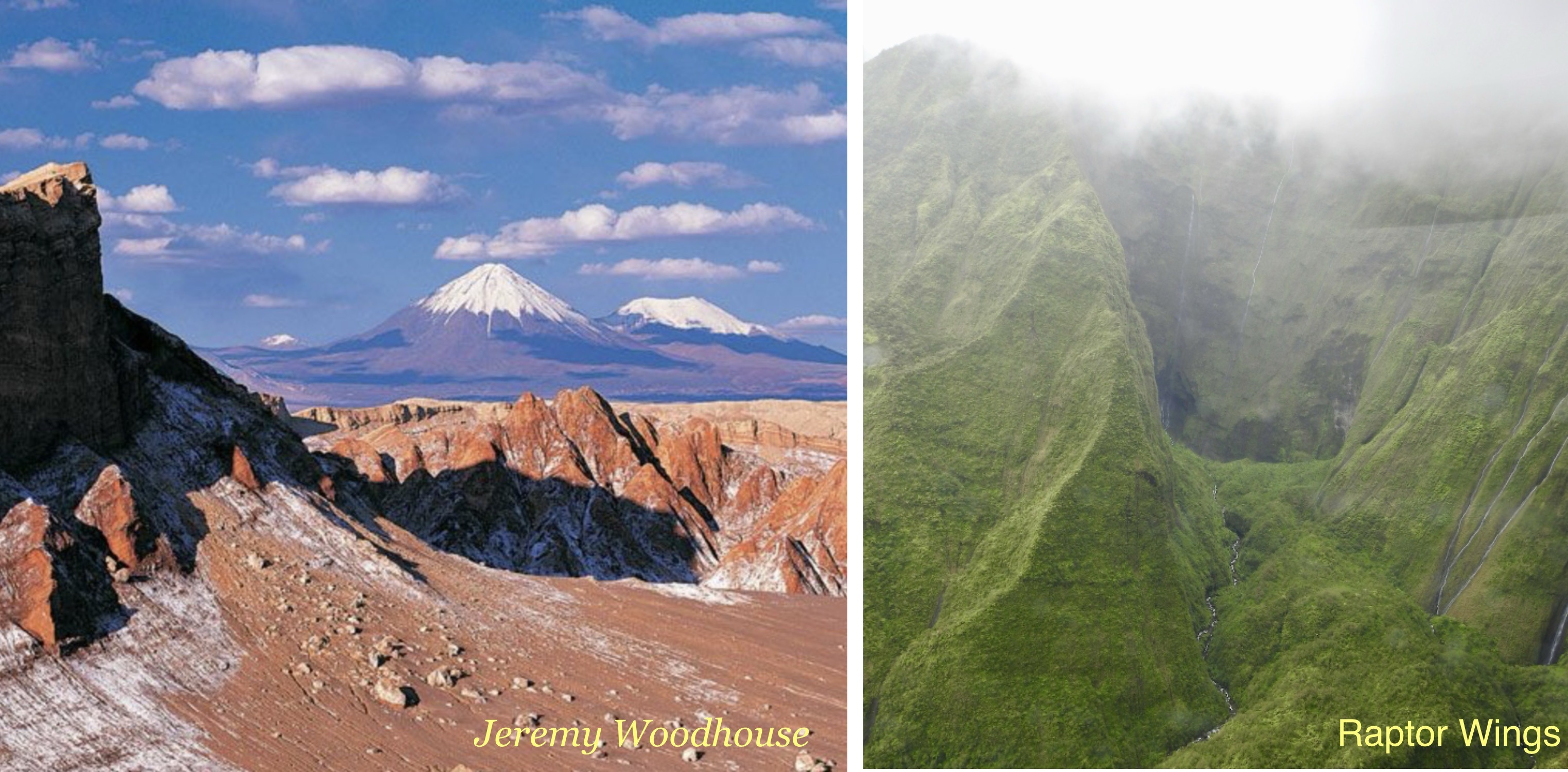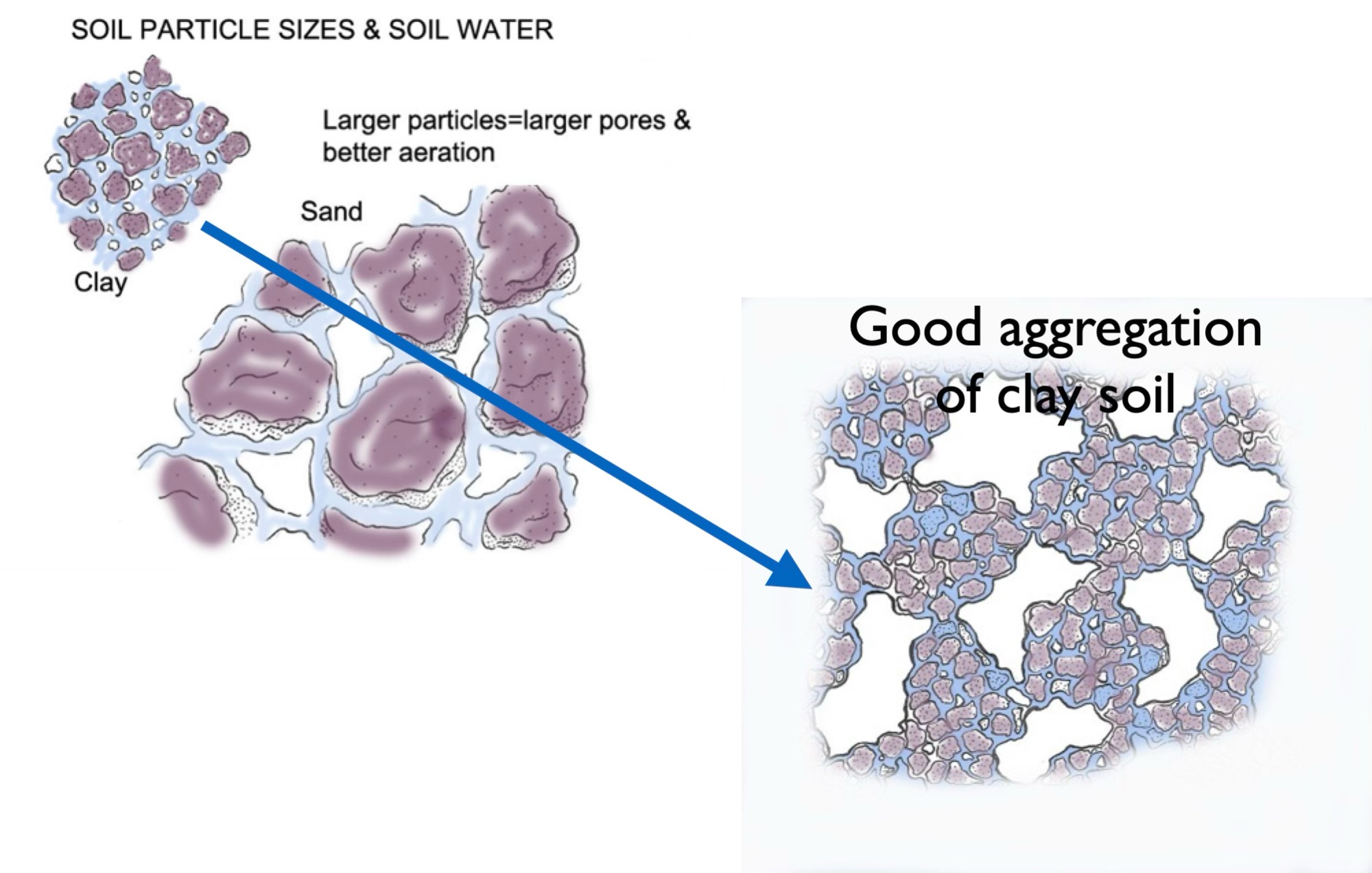WHAT’S UP WITH TOMATOES?
/8 Comments/in Pests, Vegetables/by Lee ReichHurry Up
I’ve been enjoying tasty nuggets of Sungold tomatoes for a few weeks, and hope very soon to finally settle back to enjoy an abundance of large, juicy, red or orange tomatoes, the varieties at their best sliced and sandwiched,along with congenial companions, between two slices of bread. Those large tomato fruits are late in ripening this year.
The problem, like lots of garden issues, can be blamed on the weather. Ideal temperatures for ripening tomatoes lie between 70 and 75 degrees F. Read more
DOES SIZE MATTER?
/0 Comments/in Vegetables/by Lee ReichNot Only for the Well-Heeled
Miniature vegetables are one size extreme that strikes the vegetable fancier’s imagination — witness all those bags of “mini” carrots lined up on market shelves. Those carrots are just one of many miniature vegetables you can grow yourself. 
According to Truman Capote, people once thought you could judge the rich by the vintage of their wine or the number of their homes, but what truly mattered was the size of their vegetables: they were tiny. Perhaps that’s still a measure of wealth. Read more
THE TRUTH ABOUT RAIN
/3 Comments/in Gardening/by Lee ReichPlenty of Water Here. Really?
During an entire year, a meager three-hundredths of an inch of rain falls on Arica, Chile, yet halfway across the Pacific in the Hawaiian Archipelago, Mount Waialeale receives a sopping 460 inches. The climate on my farmden, and throughout northeastern U.S., is more or less congenial for growing plants — at least those plants we enjoy in our gardens.
We average about four inches of rainfall each month throughout the year, and this amount complements nicely the inch depth of water per week recommended for most garden plants. Read more




